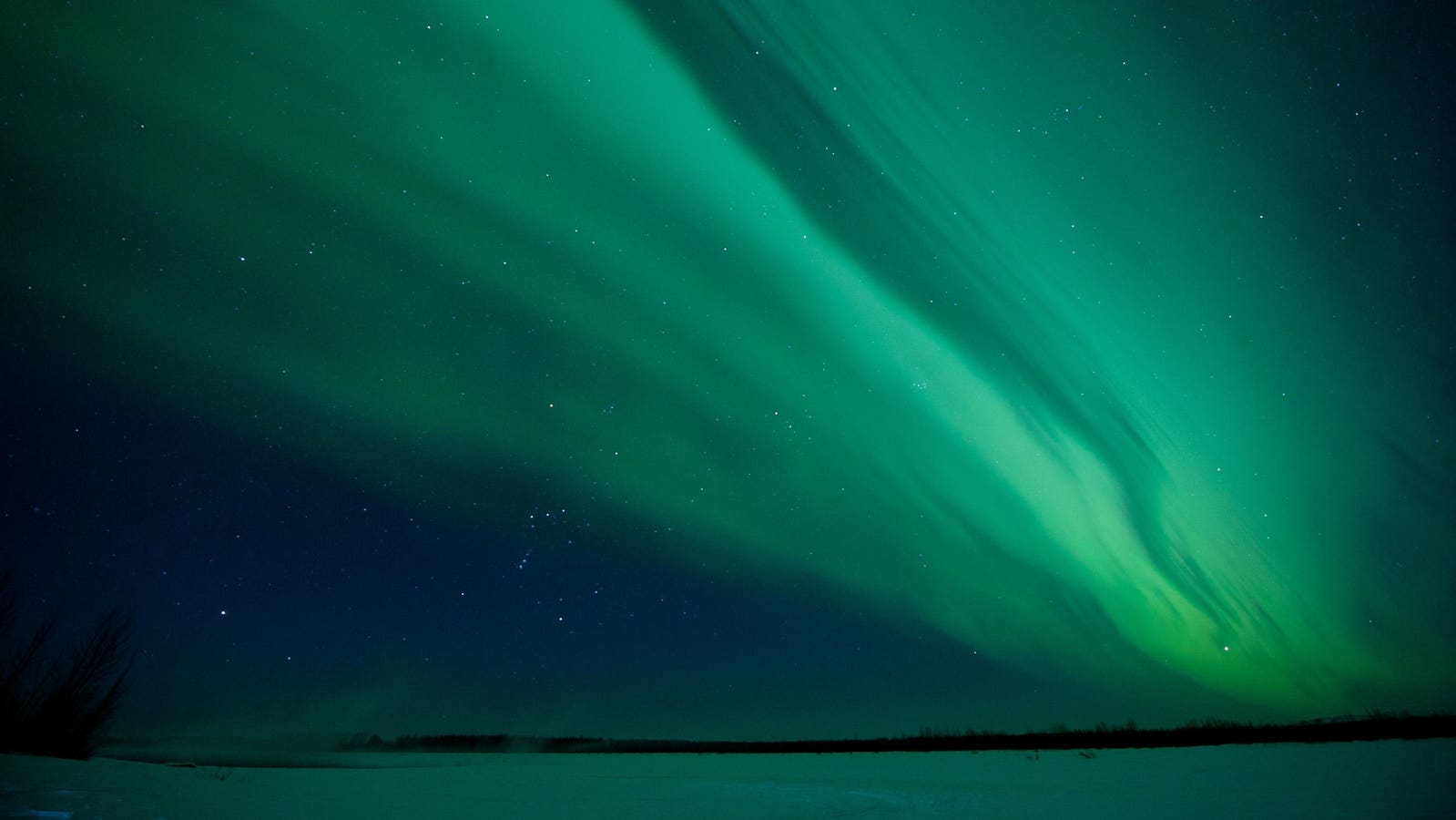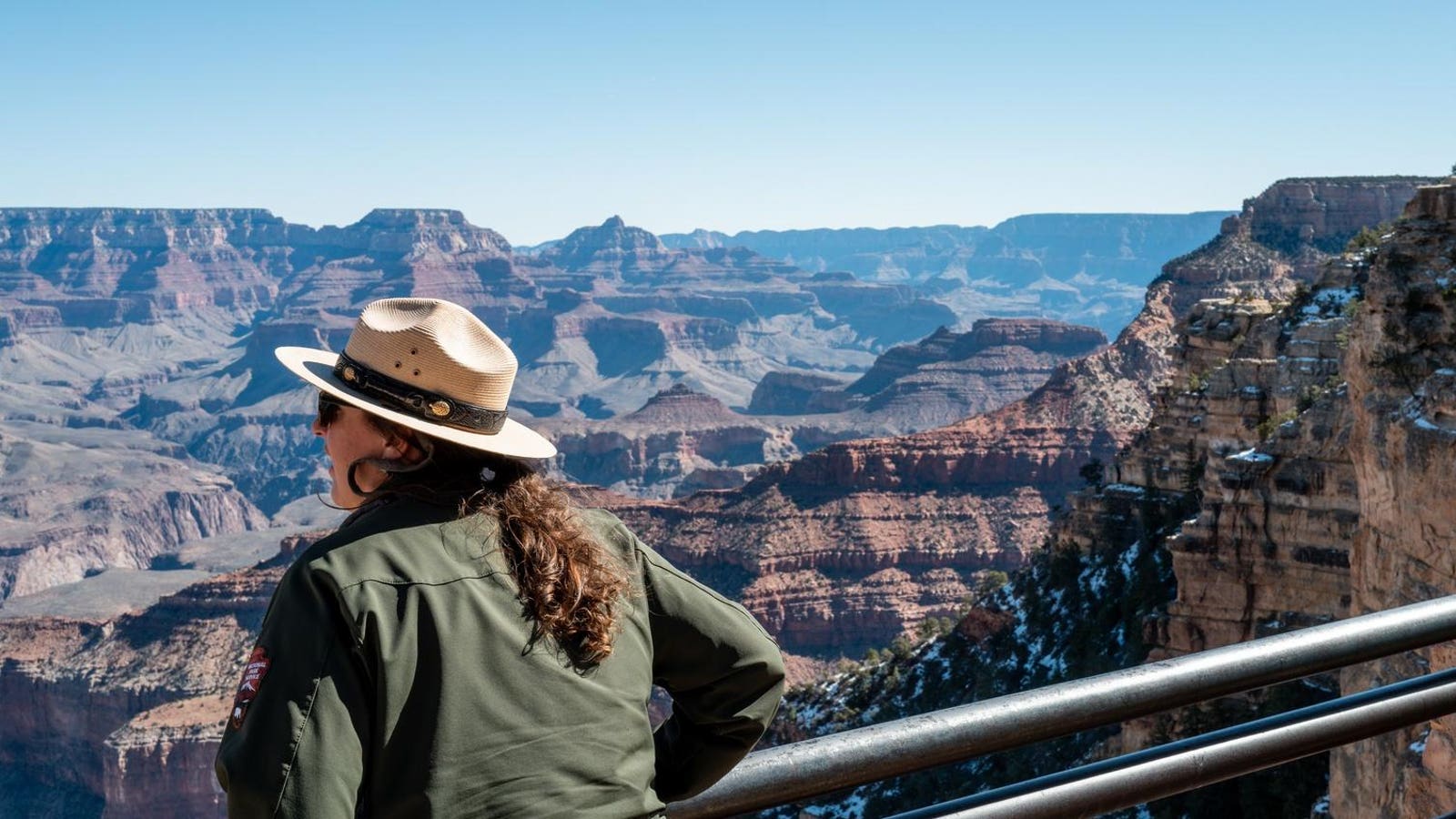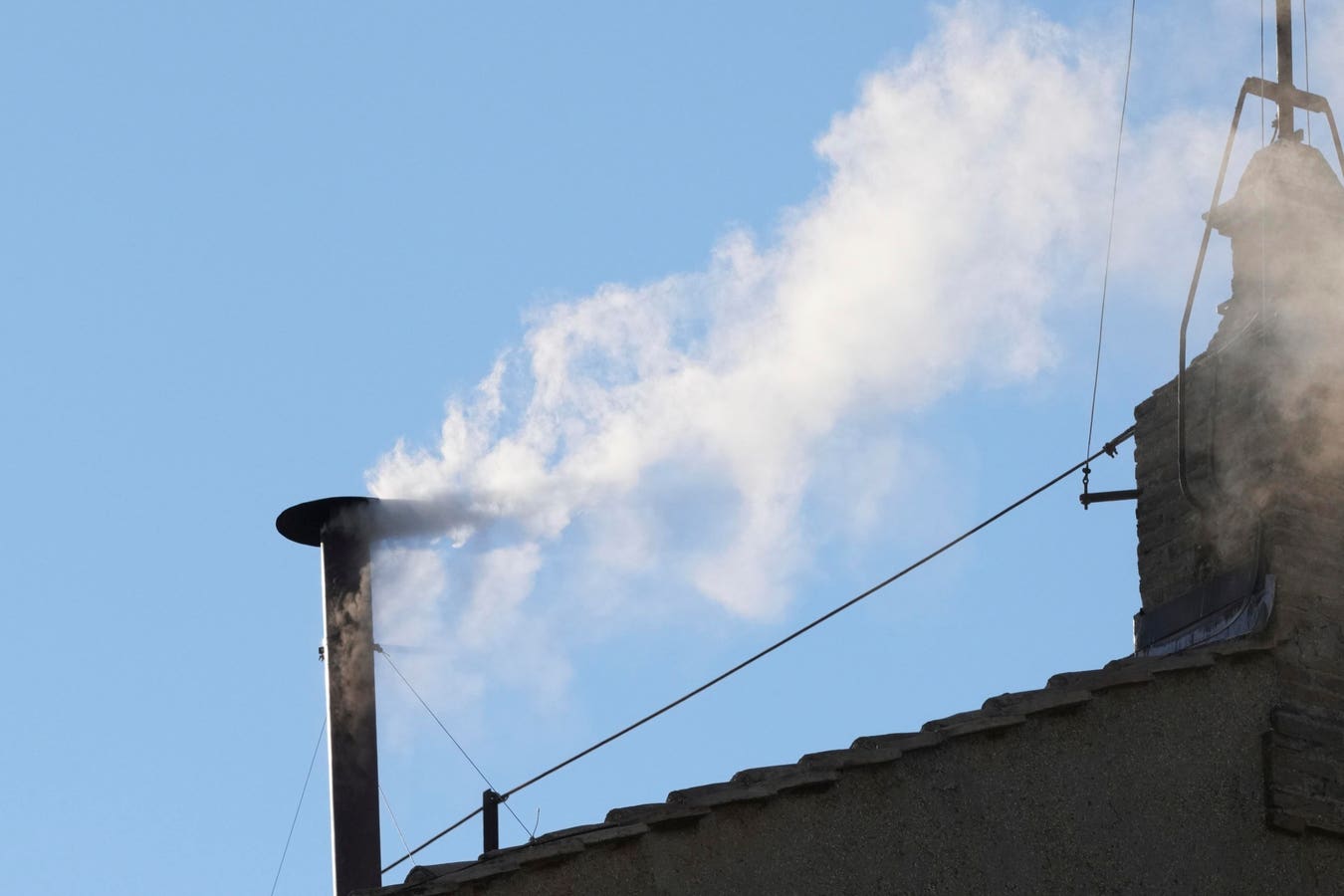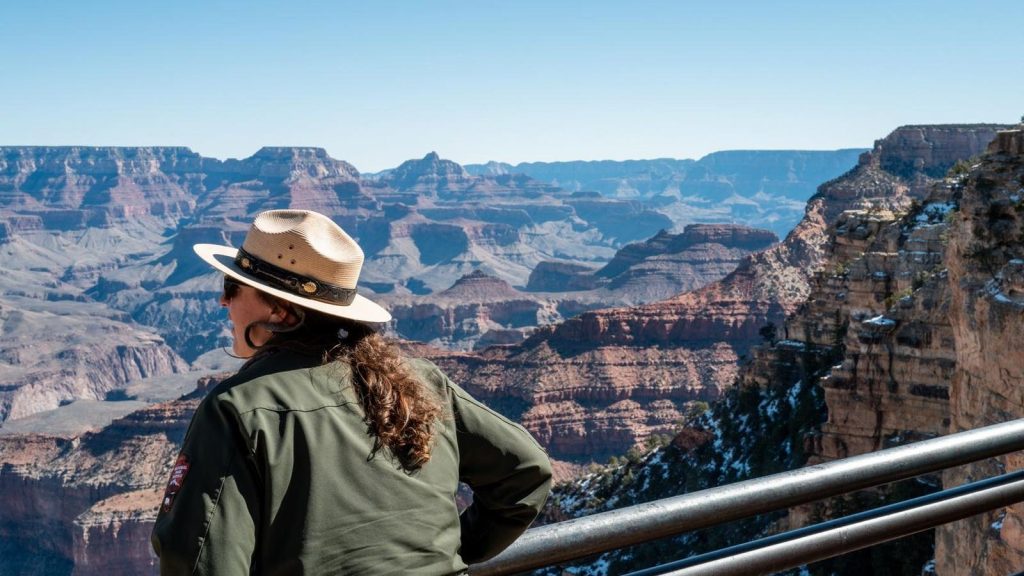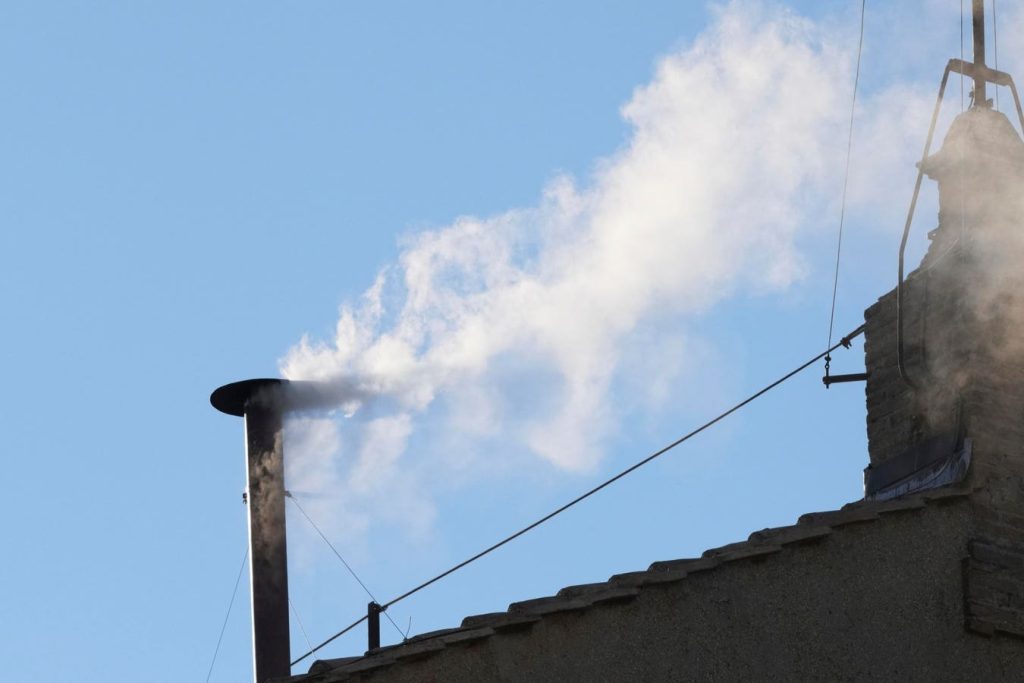Topline
The effects of a recent coronal mass ejection could pull the northern lights to several states in the northern U.S. on Thursday, as the phenomenon may be more visible later this week, according to the National Oceanic and Atmospheric Administration.
Some geomagnetic storm conditions are expected after a recent coronal mass ejection, forecasters … More said.
Key Facts
Auroral activity is forecast with a Kp index of three on a scale of nine for Thursday night, suggesting the northern lights will become more visible and active farther from the poles and be “quite pleasing to look at” for those in the right areas.
The Kp index may be later upgraded up to four, according to NOAA’s three-day forecast, meaning the northern lights could be seen in parts of South Dakota and Maine.
The northern lights will likely be more active Friday as minor geomagnetic storm conditions are expected, partly because of high-speed winds from a cooler, less dense spot on the sun’s surface and a “possible glancing blow” from a coronal mass ejection released from the sun on May 5, NOAA said.
Get Forbes Breaking News Text Alerts: We’re launching text message alerts so you’ll always know the biggest stories shaping the day’s headlines. Text “Alerts” to (201) 335-0739 or sign up here.
Where Will The Northern Lights Be Visible?
Most of Alaska and northern Canada have the best chance to see the northern lights, while a view line marking a minimal opportunity sweeps through southern Minnesota. Areas in northeastern Washington, northern Idaho, Montana, North Dakota, Minnesota, Upper Michigan and Wisconsin have a lower chance of seeing auroral activity. (See map below.)
Thursday night’s view line.
What’s The Best Way To See The Northern Lights?
The northern lights are best seen at a north-facing, high vantage point away from light pollution, according to NOAA, which said the phenomenon is most visible between 10 p.m. and 2 a.m. local time.
What’s The Best Way To Photograph The Northern Lights?
NOAA recommends turning on night mode and disabling flash if using a smartphone. With a regular camera, photography experts told National Geographic a wide-angle lens, an aperture or F-stop of four or less and a focus set to the furthest possible setting are recommended.
Key Background
The northern lights have become more visible to more people since activity on the sun’s surface achieved a “solar maximum” in October 2024, NOAA and NASA said. This peak will likely persist into early 2026, according to the agencies, as an uptick of solar events like coronal mass ejections and solar flares is expected. Electrons from these events interact with oxygen and nitrogen in the Earth’s atmosphere, causing them to become “excited” before emitting the northern lights displays. Geomagnetic storm conditions last recorded two decades ago impacted Earth in May 2024, an event that pulled the northern lights to northern Florida and Texas, with another similar northern lights display in October.

